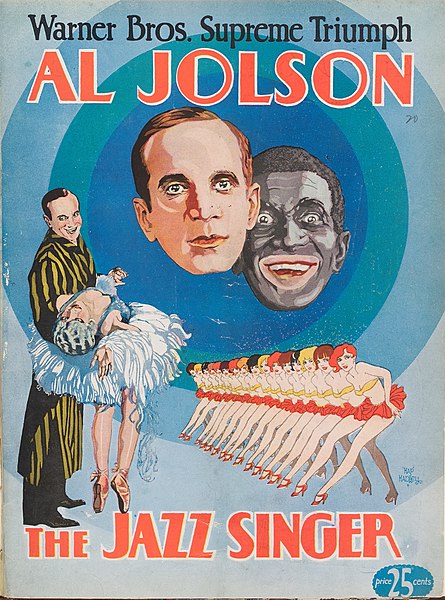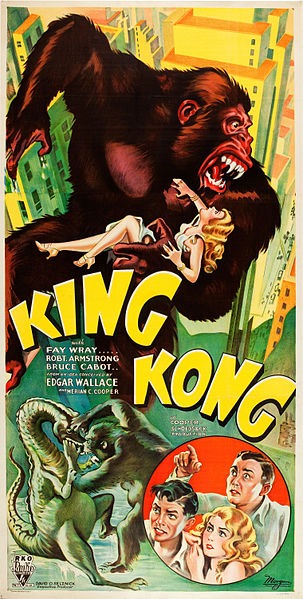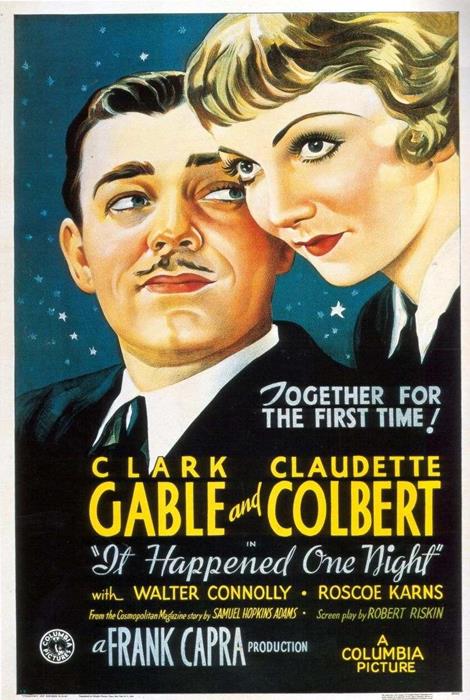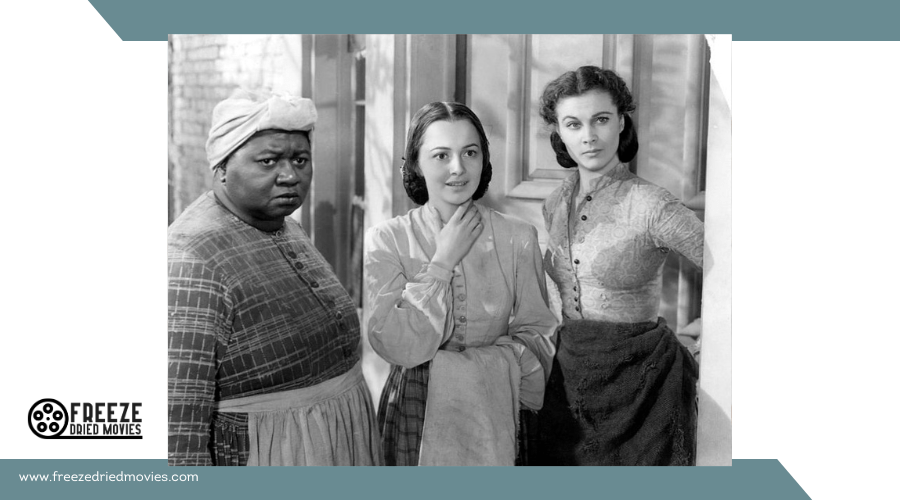The 1930s Film Industry: A Decade of Innovation and Growth

The 1930s film industry experienced remarkable innovation and growth, even amidst the Great Depression. The introduction of synchronized sound and Technicolor revolutionized the cinematic experience, captivating audiences globally. Despite economic hardships, the industry thrived, particularly in countries like France and Britain, where attendance and employment surged. Iconic films such as "Gone with the Wind" and "The Wizard of Oz" highlighted these technological advancements and captivated the public's imagination. Interested in how this era influenced modern cinema and its cultural impact? Let's explore further.

Emergence of Cinema
Cinema emerged in the late 19th century, revolutionizing entertainment through its innovative combination of technology and storytelling. Pioneering inventors like Thomas Edison and the Lumière brothers laid the groundwork for what would become a dominant form of popular entertainment. By the 1910s, films had become ubiquitous, filling theaters and captivating audiences worldwide. Despite regular cinema-goers being a minority, billions of tickets were sold annually across Western countries, demonstrating the widespread appeal of motion pictures.
Screenings initially took place at fairgrounds and music halls, where films were accompanied by live music and lectures, creating a unique and engaging experience. This early form of the film industry quickly evolved, leading to significant economic development. Before World War I, Italy's film industry was the fourth-largest export industry, while in the U.S., film ranked as the tenth most profitable industry during the Great Depression.
Economic Significance
The economic significance of the film industry in the 1930s cannot be overstated. In France, cinema expanded more rapidly than any other sector, while in Britain, nearly a billion cinema tickets were sold each year. Despite its profound impact, the film industry's economic history remains underexplored, particularly in terms of its contributions to employment and cultural exports.
Fastest-Growing French Industry
During the 1930s, the French film industry experienced unprecedented growth, surpassing traditional sectors like paper and electricity. Cinema ticket sales in France reached an impressive 1.4 billion annually, reflecting the public's deep affection for French cinema. This industry boom not only entertained the masses but also created thousands of jobs across production, distribution, and exhibition, offering new employment opportunities and economic benefits.
Moreover, French cinema emerged as a significant cultural export. French films garnered international acclaim, enhancing the country's cultural influence and soft power. The impact of French cinema extended globally, shaping international filmmaking with innovative storytelling and avant-garde techniques. By the end of the decade, the French film industry had solidified its position as a major global player.
British Box Office Boom
In the 1930s, Britain experienced a significant surge in cinema attendance, with nearly one billion tickets sold annually, elevating the film industry to new heights. This boom had a profound economic impact, positioning the British film industry as the fastest-growing sector, surpassing traditional industries like paper and electricity. The rapid growth led to substantial job creation and cultural engagement, providing a beacon of hope during the Great Depression.
British studios produced popular films that captivated audiences, driving increased investment and expansion within the domestic market. This success not only boosted the local economy but also established Britain as a key player in the global film industry. The country emerged as a significant exporter of cinematic content, enhancing its cultural and economic standing worldwide.
Here is an overview of the British film industry's impact during the 1930s:
| Aspect | Impact |
|---|---|
| Cinema Attendance | Nearly one billion tickets are sold annually |
| Economic Impact | Fastest-growing sector in the country |
| Job Creation | Significant employment opportunities |
| Global Film Industry | Major exporter of cinematic content |
This period of growth laid the foundation for Britain's enduring influence in global cinema.
Underexplored Economic Impact
The 1930s film industry had a profound yet underexplored economic impact. In France, cinema became the fastest-growing industry, even surpassing paper and electricity. Similarly, Britain witnessed almost one billion cinema tickets sold annually, underscoring the economic significance of major film productions during this decade.
In the United States, the film industry thrived despite the Great Depression, ranking as the tenth most profitable industry. Films provided a vital form of escapism for people facing severe economic hardships, showcasing the industry's resilience and creative spirit during challenging times.
The film industry exemplified the early industrialization of services, evolving from informal entertainment into a structured economic powerhouse through significant investments and advancements. Despite this substantial economic impact, the film industry's history and economic significance remain under-examined, indicating a gap in scholarly research. Understanding this period could offer valuable insights into how industries adapt and thrive during economic downturns.
Technological Advancements
You are entering an era where movies underwent a significant transformation with the advent of synchronized sound, starting with *The Jazz Singer* in 1927. By the early 1930s, optical soundtracks had enhanced sound quality, and the introduction of Technicolor in 1932 brought vibrant visuals to the screen. These advancements not only elevated storytelling but also drew audiences back to theaters, enriching the cinematic experience during challenging economic times.

Emergence of Synchronized Sound
The advent of synchronized sound in film, a groundbreaking development, revolutionized the cinematic landscape with the release of *The Jazz Singer* in 1927, facilitated by the Vitaphone system. This innovation enabled sound to be recorded and played in sync with images, heralding the era of sound in the film industry. By the early 1930s, most feature films had transitioned from silent films to "talkies," significantly impacting Hollywood studios.
| Key Innovation | Impact on Film Industry |
|---|---|
| Synchronized Sound | Shift from silent films to talkies |
| Vitaphone System | Initial successful synchronized sound system |
| Optical Soundtracks | Improved reliability of audio delivery |
| Studio Consolidation | Dominance of five major studios |
| Technical Skills | New requirements for filmmakers |
The introduction of synchronized sound brought substantial changes to the filmmaking production process. Optical soundtracks enhanced the reliability of audio delivery, cementing sound's pivotal role in cinema. This innovation led to the consolidation of studios, with five major players—Fox, MGM, Paramount, RKO, and Warner Bros.—dominating the industry.
To adapt to these advancements, filmmakers had to acquire new technical skills, which transformed movie production and enriched the overall cinematic experience. The emergence of synchronized sound marked a crucial milestone in film history, paving the way for future technological innovations.
Rise of Technicolor Films
The advent of the three-color Technicolor process in 1932 revolutionized cinema, marking a pivotal moment in film history. This technological innovation enabled filmmakers to produce vivid color representations, captivating audiences and setting a new standard for high-quality films. Iconic movies like "The Adventures of Robin Hood" (1938) and "The Wizard of Oz" (1939) demonstrated Technicolor's capabilities, contributing significantly to Hollywood's economic growth and visual storytelling prowess.

Technicolor films necessitated substantial investments and advancements, especially in lighting techniques tailored to the medium's unique requirements. Despite the challenges, filmmakers advanced the art form, drawing viewers with striking imagery that black-and-white films couldn't match.
By the late 1930s, Technicolor had become synonymous with premier film production, shaping Hollywood's aesthetic direction and setting a precedent for future practices.
- Vivid color representation: Enhanced the visual appeal of films, attracting larger audiences.
- Economic growth: Boosted Hollywood's profitability and global influence.
- Visual storytelling: Enabled more expressive and engaging narratives.
- High-quality film production: Established a new industry standard.
- Technological innovation: Required new lighting and production techniques, driving industry progress.
Technicolor's rise in the 1930s was a landmark in cinema history, transforming both the industry and audience expectations.
Hollywood-Washington Filming
During the 1930s, Washington State became a prominent filming destination for Hollywood, with major films like "Tugboat Annie" (1933) and "The Call of the Wild" (1935) shot there. Filming in Seattle allowed Hollywood to capitalize on the state's scenic beauty. "Tugboat Annie" was the first major film shot in Seattle, utilizing local scenery for authenticity and becoming a nationwide box office hit.
The community's involvement was significant. Over 5,000 Seattle residents volunteered as extras for "Tugboat Annie," generating immense local pride during its premiere. This engagement also had real economic benefits. Film productions brought money into local economies and boosted tourism, with companies like the Mount Baker Development Company receiving $5,000 for filming rights.
Hollywood's depiction of Washington as a rugged, primitive backdrop influenced perceptions of the state. The outdoor imagery showcased in these films contributed to Washington's recreational culture. This relationship was mutually beneficial—Hollywood obtained stunning backdrops, and Washington enjoyed economic and cultural gains, helping both thrive during the Great Depression.
Key Films of the 1930s
The 1930s were a transformative period for cinema, bringing forth some of the most iconic films in history. "Gone with the Wind" (1939) dominated the cultural landscape, winning eight Academy Awards and capturing the hearts of audiences everywhere. "The Wizard of Oz" (1939) dazzled viewers with its groundbreaking use of Technicolor, making its magical story even more enchanting.
During this decade, Hollywood saw film companies start to push the boundaries of what was possible on screen. "King Kong" (1933) showcased revolutionary special effects and stop-motion animation, setting a new standard for monster films and visual storytelling. As movie sets became more elaborate, production costs soared, and the demand for creative pictures increased.

"It Happened One Night" (1934) became the first film to win all five major Academy Awards, solidifying its status in cinematic history. Influential musicals like "42nd Street" (1933) popularized the genre and showcased elaborate dance numbers, impacting future film productions.
Notable Films of the 1930s:
- "Gone with the Wind" (1939): Eight Academy Awards
- "The Wizard of Oz" (1939): Groundbreaking Technicolor
- "King Kong" (1933): Revolutionary special effects
- "It Happened One Night" (1934): Five major Academy Awards
- "42nd Street" (1933): Influential musical
These films and others from the 1930s reshaped the movie industry and left a lasting legacy.

Community and Cultural Impact
Hollywood's presence in Washington during the 1930s significantly engaged the community and brought excitement to local residents. The buzz was palpable as locals eagerly volunteered as extras in films like "Tugboat Annie," showcasing their surroundings and fostering local pride. Public interest in film culture surged, with crowds gathering to witness filming activities, especially during the premiere of "Tugboat Annie," which enhanced Seattle's reputation as a cinematic location.
Local media played a crucial role in promoting these films, linking Washington to Hollywood and raising public awareness of the film industry's cultural influence. Major films like "The Call of the Wild" and "God's Country and the Woman" depicted Washington as a rugged, remote backdrop, shaping broader cultural narratives.
The mutual benefits for Hollywood and Washington were clear. Film productions stimulated the local economy, generating revenue for businesses and attracting tourism. This blend of economic stimulation and cultural influence fostered a thriving film culture and strengthened community engagement.
| Aspect | Impact |
|---|---|
| Community Engagement | Residents volunteered as extras |
| Public Interest | High turnout for filming and premieres |
| Film Culture | Enhanced Seattle's cinematic reputation |
| Economic Stimulation | Increased revenue and tourism |
Hollywood's influence in Washington during the 1930s was transformative, leaving a lasting cultural and economic impact.




